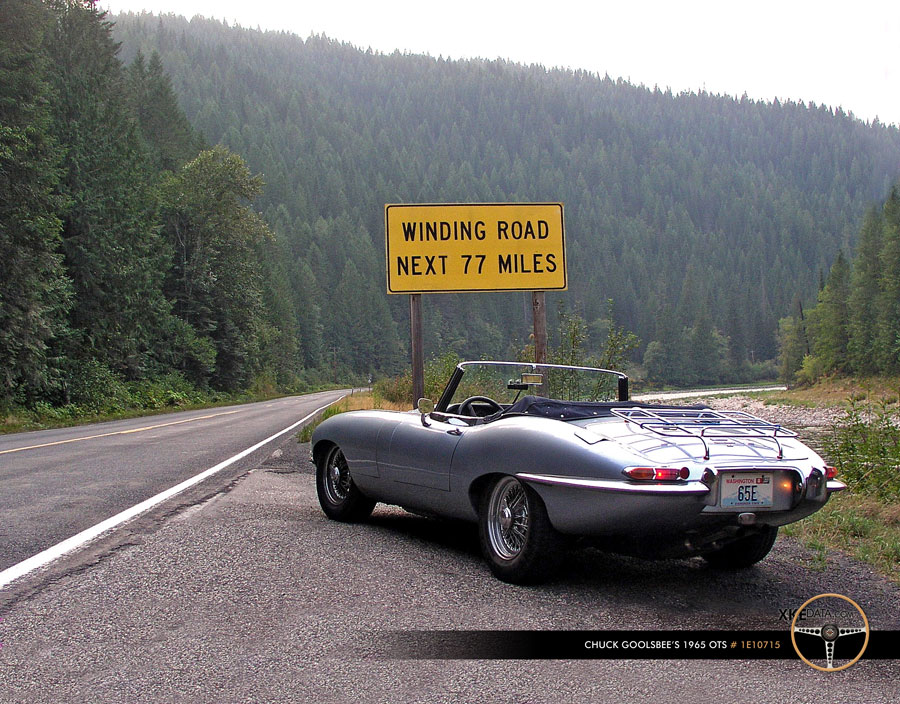
The reason the site hasn’t been updated of late is because I’ve been offline. We were hit with a big snowstorm (about 16″-18″ of wet heavy snow… a lot for these parts) and very cold temps, low last night was 11°F, (-11.6°C) and the high yesterday was 18°F (-7°C). Our power is out, which means no heat, no lights, no water. Ironically I do have Internet access as our cable is still working, but honestly blogging is really low on the priority scale right now.
I promise I’ll tell the whole tale once the thaw comes and power is restored.
–chuck

